FREQUENTLY ASKED QUESTIONS
How do I go about getting into KartSport?
The best way to find out about getting into KartSport is to visit a Club on a race day and see what it is all about. At the Clubs race meeting, you will find an abundance of people willing to show you all about KartSport and answer your questions.
For further information see the Get Started page or go to the Clubs page for details of all the Clubs in New Zealand.
How much will a kart cost me?
This will depend on whether you purchase a new or second hand. Purchasing new you can expect to pay around $4000 to $6500 for a chassis. EG for a new Vortex Mini ROK engine, you will pay around $3500 and then you will need to purchase safety equipment (helmet, race suit, gloves etc) which will be between $500 and $1500 depending on what cost you place on your safety. In addition, you will require accessories such as wet weather tyres, spare sprockets, tools etc which may add to the initial cost.
Purchasing second hand is cheaper but you must be careful about what you are buying. The kart and engine must be legal to the KartSport New Zealand rules and you should always check the chassis for cracks or previous welding repairs. A good second-hand setup could cost you between $2500 and $4000 depending on what additional equipment may come with it.
How do I get a KartSport New Zealand Competition Licence and what is the cost?
This is only available from the KartSport New Zealand Competition Licence Secretary on application. An applicant must complete the appropriate application form and medical declaration and become a financial member of an affiliated Club. For an applicant, under 18 years of age, a birth certificate is also required. The completed application forms, proof of Club membership and licence fee must be sent to the Competition Licence Secretary who will process the application and issue the licence. There is a concession rate for subsequent family members residing at the same address provided the first member pays a full licence fee.
Licence application forms and full details including cost are available from each Club or from this website by clicking here and should be completed at the time of becoming a member of the Club. There are 20 affiliated Clubs in New Zealand and a full list of Clubs with contact details can be found on the Clubs page.
How does a racing kart differ from a fun kart or indoor kart?
The biggest difference is that fun karts (amusements karts, indoor karts etc) are not designed for 'hard out' competition and as such usually have detuned 4 stroke engines and in many cases a speed governor to limit their performance and speed. Fun karts usually run harder compound tyres, extra protective nerf bars and bumpers and rollover bars and are therefore heavier than a racing kart. Fun karts generally do not have sophisticated braking systems or front-wheel brakes as racing karts do.
Racing karts are built specifically to be raced by their owners and use high-performance racing engines which are highly tuned and produce more power and thus speed. Racing karts, while incorporating sophisticated safety, do not have additional nerf bars, or rollover bars and are lighter and more performance-oriented.
What types of engines are used?
For younger age groups the Vortex Mini ROK 60cc (electric start/clutch) is the main engine used. This engine is used in the Cadet ROK class in a restricted form. The same engine can be very easily converted for the next age group, Vortex Mini ROK class by changing the rpm limiter and exhaust header. The Raket 85 engine is also used for Cadet racing at Club Day level.
Junior age group competitors can choose from the high perfomance 125cc Rotax Max Junior (electric start/clutch), and Vortex ROK DVS Junior (direct drive/decompression valve push start) engines or lower powered Briggs & Stratton LO206 or Raket 120 engines.
Senior age group competitors have a wide range of single gear engine options including 125cc Rotax Max, Vortex ROK DVS, Briggs & Stratton LO206, Raket 120 and Yamaha KT100S.
There are also gearbox classes which generally run a 125cc 6 speed KZ specialised kart engine. Another option is the electric start 2 speed Rotax DD2. Other engine types and cubic capacity up to a maximum of 250cc are also used in the Open class but these are not the norm.
Who runs KartSport and who establishes the rules for kart racing?
KartSport New Zealand is recognised as the organisation controlling all kart racing in New Zealand. It consists of a number of Clubs and people who are affiliated or registered with KartSport New Zealand. KartSport New Zealand has a signed agreement of mutual recognition of the organisation by the national body controlling four-wheeled motorsport in New Zealand, MotorSport New Zealand (MSNZ). Through MSNZ affiliation to the Federation Internationale de L'Automobile (FIA), KartSport New Zealand is delegated the authority for control of kartsport in New Zealand by the Commission Internationale de Karting (CIK).
All registered members of the affiliated Clubs are represented annually in August at the KartSport New Zealand National Conference where they elect an Executive to manage the sport for the forthcoming year. This elected Executive forms a Rules subcommittee who consider rule changes and make recommendations to the Executive for all new rules or changes to existing rules. The Executive then decide on the merit of these changes and the timing of there implementation.
Do I have to belong to a Club in order to race?
Yes. You must be a financial member of an affiliated kart club and you must hold a current KartSport New Zealand competition licence. Full details on joining a Club and obtaining a licence can be found on the Getting Started page. However you can race using a One Day Licence (which includes Club membership for the race day only).
Do I need a kart licence in order to race?
Yes. You must have either a current KartSport New Zealand competition licence or a KartSport New Zealand One Day Licence. Before you can obtain a Competition Licence you must be a member of an affiliated kart club. Full details on joining a Club and obtaining a licence can be found on the Getting Started page.
How much of a factor is weight?
Since most kart engines are either 60cc or 125cc in capacity they have fairly limited horsepower despite being highly tuned and therefore weight is extremely important. It is a simple case of power-to-weight ratio and the lighter the kart and driver is the faster they will go given the same amount of horsepower.
Most kartsport classes have minimum weights that must be maintained in the interests of fairness and competitiveness to all. You should therefore choose a class to compete in where your combined weight of kart and driver is closest to this minimum weight. If you are slightly under this weight it is fine because you can simply add lead to your kart to bring it up to the minimum required weight but if you are too far over this minimum weight you will be at a disadvantage to other competitors who are closer to the minimum weight limit. The average weight of a standard direct drive kart is around 70kg. Cadet karts are lighter and 125cc karts heavier.
For full details of the minimum weights used in each class in NZ go to the Classes page of this site.
How old do you have to be?
Six years of age is the minimum age to start racing a kart in New Zealand. All Junior classes are controlled by age groups from 6 to 16 years. In the year of your 15th birthday you can compete in the Senior classes and there is no maximum age limit.
What fuel do karts use?
As nearly all kart racing engines (except Briggs & Stratton LO206) are 2 strokes so they use a fuel and oil mixture. Most use standard pump petrol that you would run in your normal car. Oil is normally any high performance 2 stoke racing engine oil. Some SuperKart classes can use specific high octane racing fuel.
NOTE: PUMP PETROL: Refers to the unleaded commercial type being between 90 to 98 octane which is available from service station pumps.
Only the following brands are approved: • BP • Caltex • Z • Gas
The use of bio fuel blends is not permitted. The use of any other fuels is not permitted. The mixing of fuels eg 91 and 98 octane is not permitted. The fuel must not contain any other additive other than a single commercially available two stroke lubricant.
How do I know what is the appropriate approved safety equipment?
Helmets: Only helmets manufactured to approved standards are permitted for practice and competition. A list of approved standards is detailed in Rule G2 (see Section G Equipment & Responsibility). Helmets with D-ring strap fasteners are recommended as are Snell Foundation approved CMS and CMR helmets for younger competitors. Note: helmets must show a manufacturing date and be no older than 10 years from date of manufacture.
Race Suits: Only race suits manufactured to the standards detailed in Rule G3 (see Section G Equipment & Responsibility) are permitted for practice and competition. Most suits sold in New Zealand are manufactured to CIK-FIA standards (older standard N2001-1 or current standard N2013-1). See examples below.
KartSport New Zealand permits the use of N2001-1 suits providing they were manufactured no later than 31-12-2016 and providing the suit is still in good condition.
KartSport New Zealand permits the use of N2013-1 suits regardless of expiry date providing the suit is still in good condition.
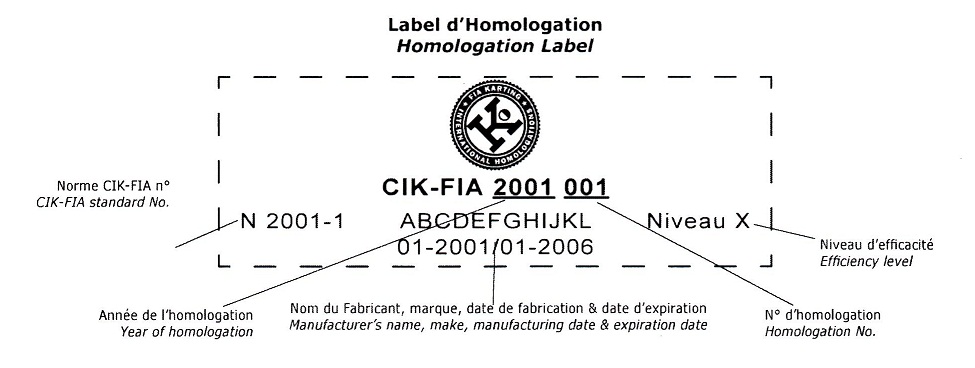
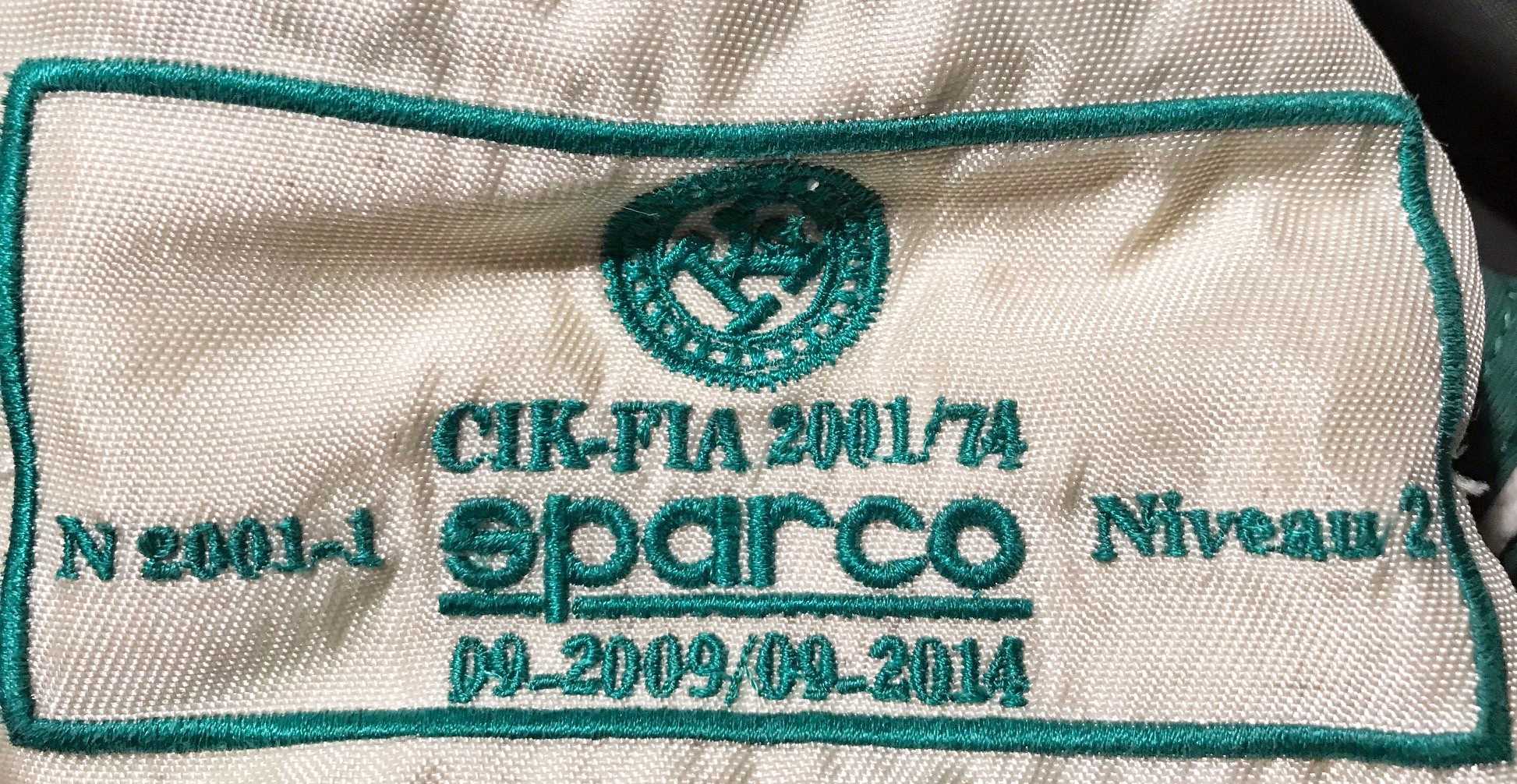

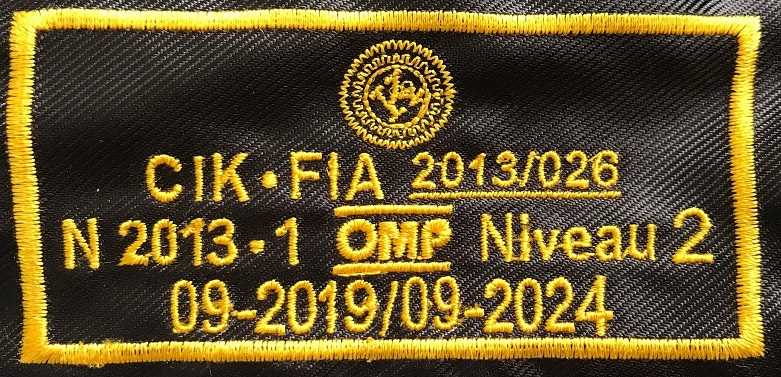
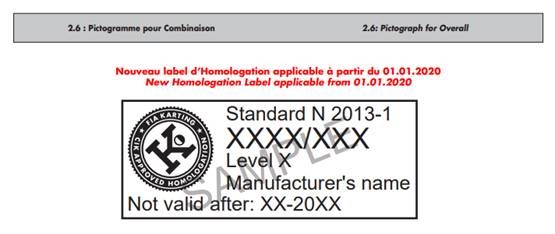
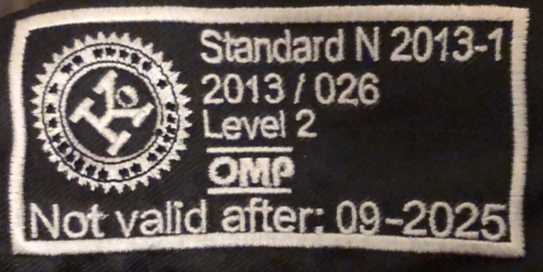
NOTES:
- Suits approved for car racing are not approved for karting. Kart suits are required to have much higher abrasion and tear resistance. Car racing suits are designed mainly for fire protection. Kart suits are not. Do not use your kart suit for car racing!
- The current list of CIK-FIA homologated suits is HERE.
- CIK-FIA Homologations for Standard N2001-1 all expired on 31-12-2016, however KartSport New Zealand premits the use of N2001-1 suits providing they have been manufactured no later than 12-2016 (ie with an expiry date no later than 12-2021).
Fraudulent CIK-FIA Karting Suits
If the embroidered CIK-FIA homologation label is stitched all the way through the collar this is an indication the suit has been labelled after production. Do not buy!
Beware of counterfeit suits and counterfeit CIK-FIA patches. The counterfeit suits may contain inferior materials, inferior construction and have not been submitted or passed any type of testing. To avoid being ripped off, beware of online auctions of new race gear from private sellers and purchase your karting suit from a reputable racing store that sells name brand products that you have heard of, such as Alpinestars, OMP, Puma, Sparco, etc. See article HERE. If the suit is new and cheap, it is possibly a knock off! Do not buy without further checking!
If you are unsure of what to buy or wish to report a product that looks dubious contact: admin@kartsport.org.nz






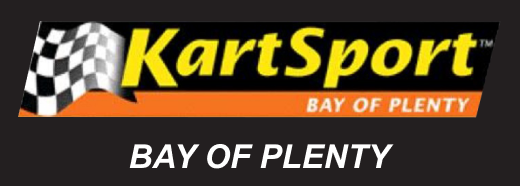
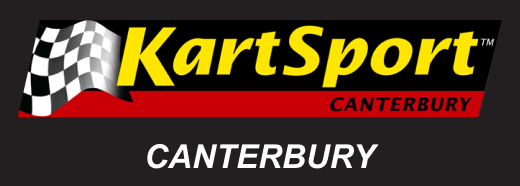
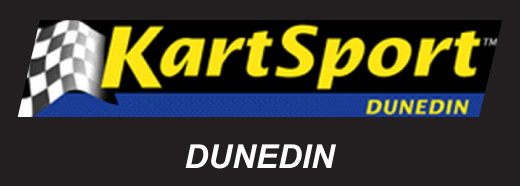
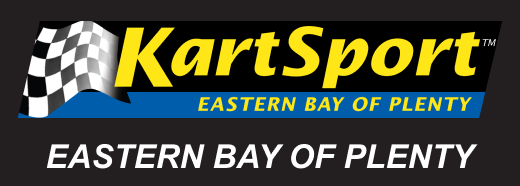
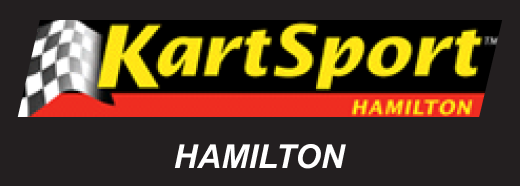
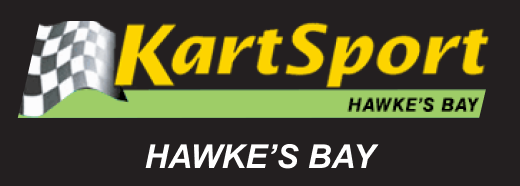
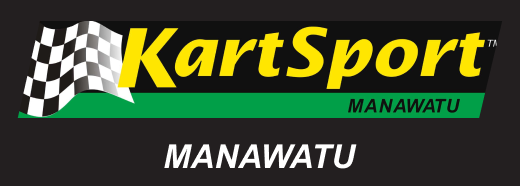
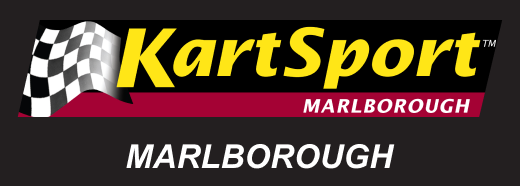

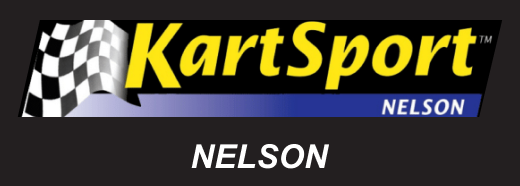
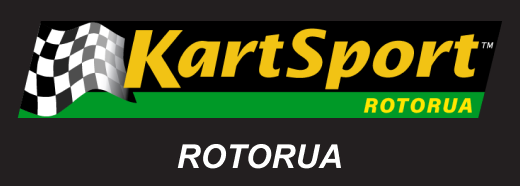
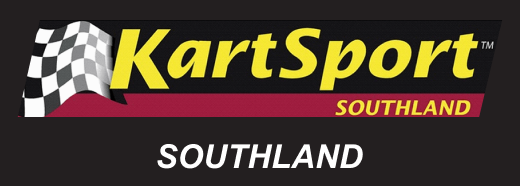
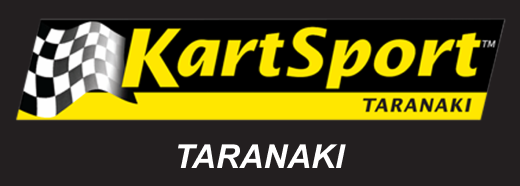
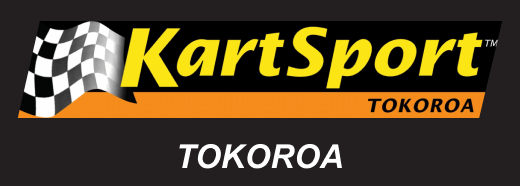
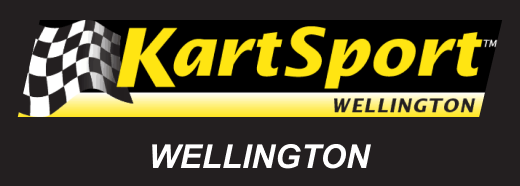
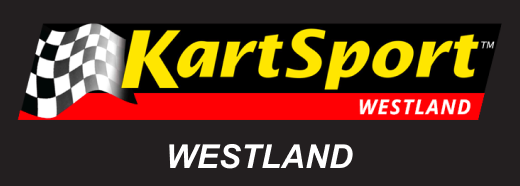
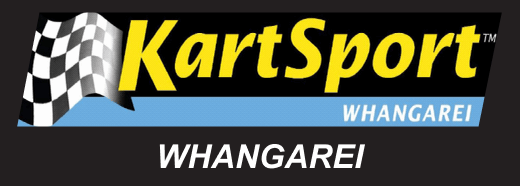
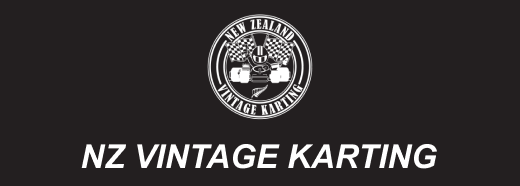
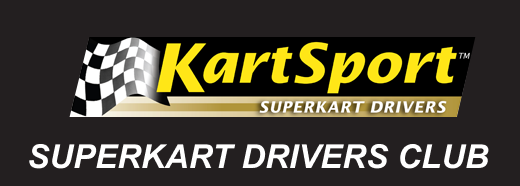


 Members
Members Admin Login
Admin Login